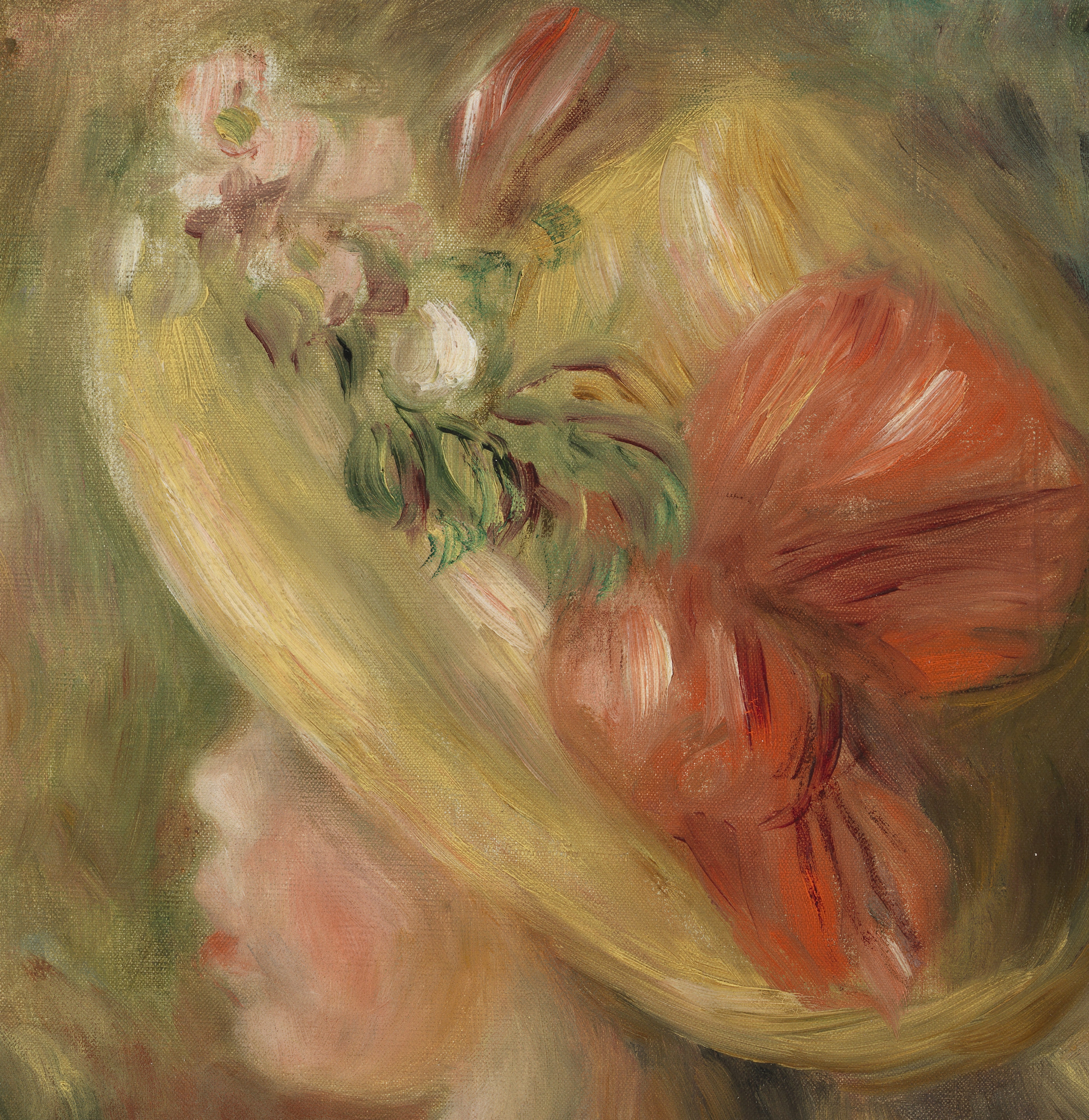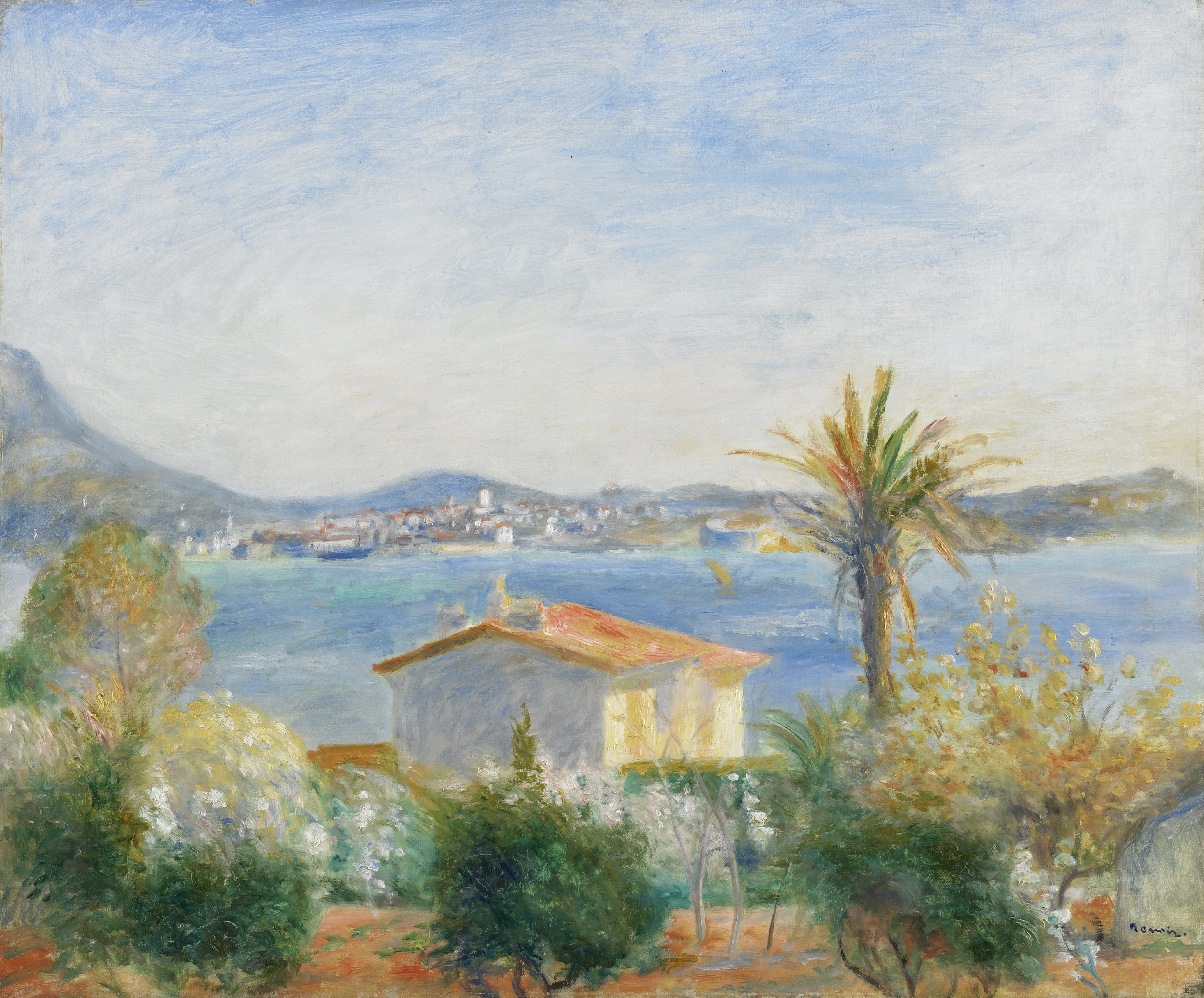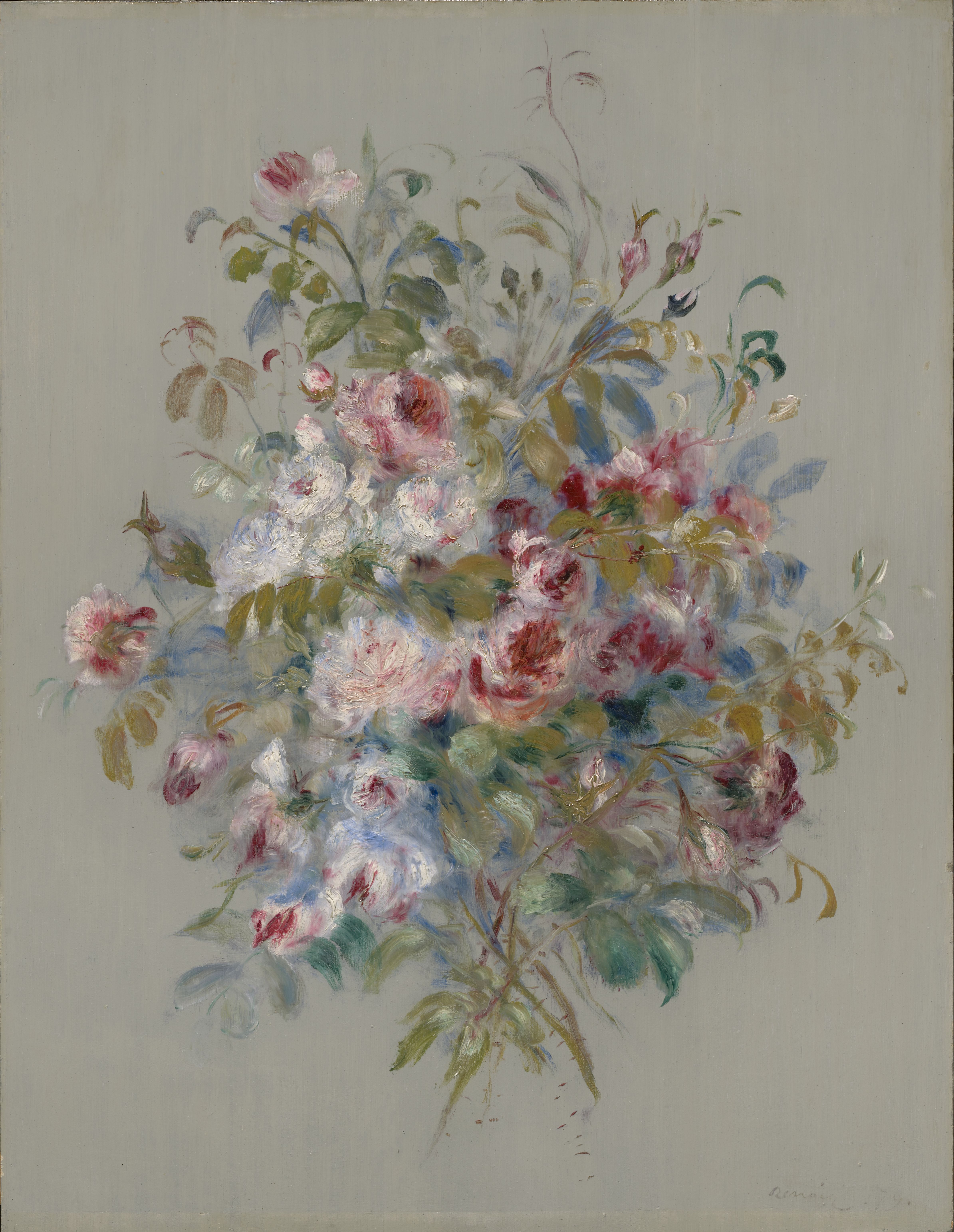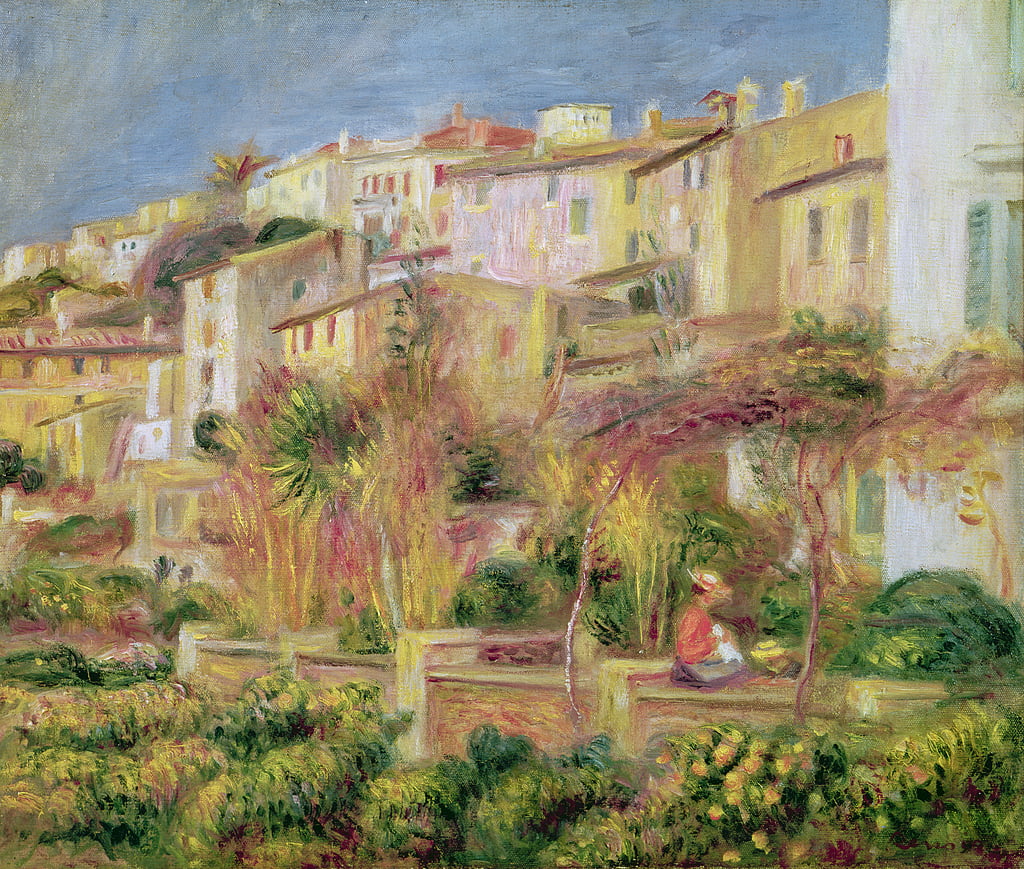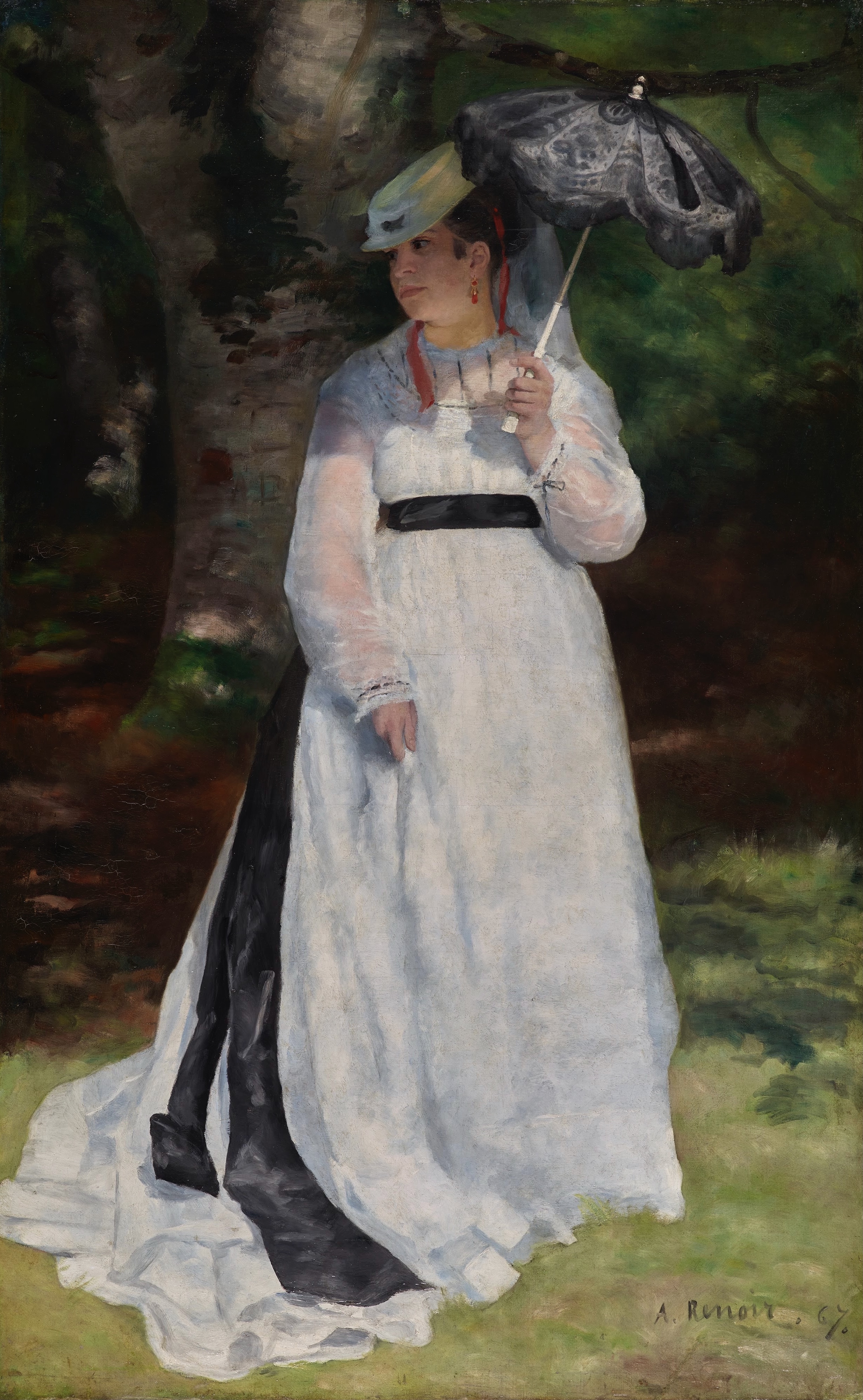Portraits of children were amongst Renoir's favourite themes and feature strongly in the artist's painting of the 1890s.
Over the previous decade Renoir had been commissioned to paint the children of a number of celebrated patrons, including the Lerolles and the Berards.
These commissions gave the artist a renewed interest in portraiture in the 1890s and Renoir painted a number of non-commissioned portraits in addition to more formal requests.
Pierre-Auguste Renoir | Jeune fille au chapeau, 1895 | Christie's



